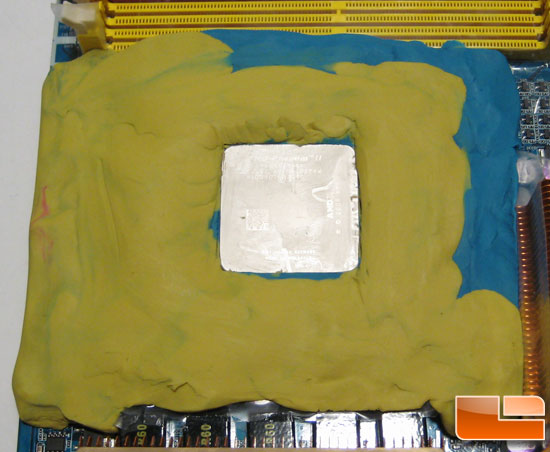Major_A wrote:Seems like there would be restrictions seeing as the stuff is very dangerous.
Once you fill up the pot how long does it take for the liquid nitrogen to evaporate? You can tell I've never played with the stuff.
That is actually a popular misconception, LN2 is quite harmless. It doesn't oxidize materials, it has a neutral PH, and it isn't harmful to humans. The only safety concern is its cryogenic temperatures. For that, safe handling is enough to work with it. Besides benching I also use it in the kitchen to make ice cream

If you seal it in a vessel, it will expand and rupture the vessel, this I would say would be the only security concern. However, it would be immensely hard to use it in a destructive manner, the only way you could transport it would be within an expensive dewar and it would require destroying said dewar and your time would be better spent with more typical devices.
Regarding consumption, when benching a dual-core or quad-core processor I'll typically go through 3 to 5 liters per hour. This includes perhaps 30 minutes of actual benchmarking of single-threaded benchmarks like SPi and 3Dmark. Benching wPrime drastically increases LN2 consumption and 3DMark2006 and Vantage modestly increase consumption. I think the most I've used was benchmarking PCMark2005 with a QX9650, was using 7-9 liters an hour but I was benching for perhaps 50 minutes out of every hour. Once I test Core i7 I'll be able to report on that, I suspect I'll use the same 3 to 5 liters per hour for normal applications but make a huge jump with multi-threaded apps.
At a cost of $1 to $4 a liter, costs can quickly add up. Most LN2 suppliers will fill a small dewar in the 10 liter to 50 liter range without an account. To have a large dewar (start at ~100 liters, 180L is common) delivered it requires an account with the company, strictly for the financial risks the company is taking.
That is all for today class, tomorrow we'll discuss freezing and shattering fruit with LN2





